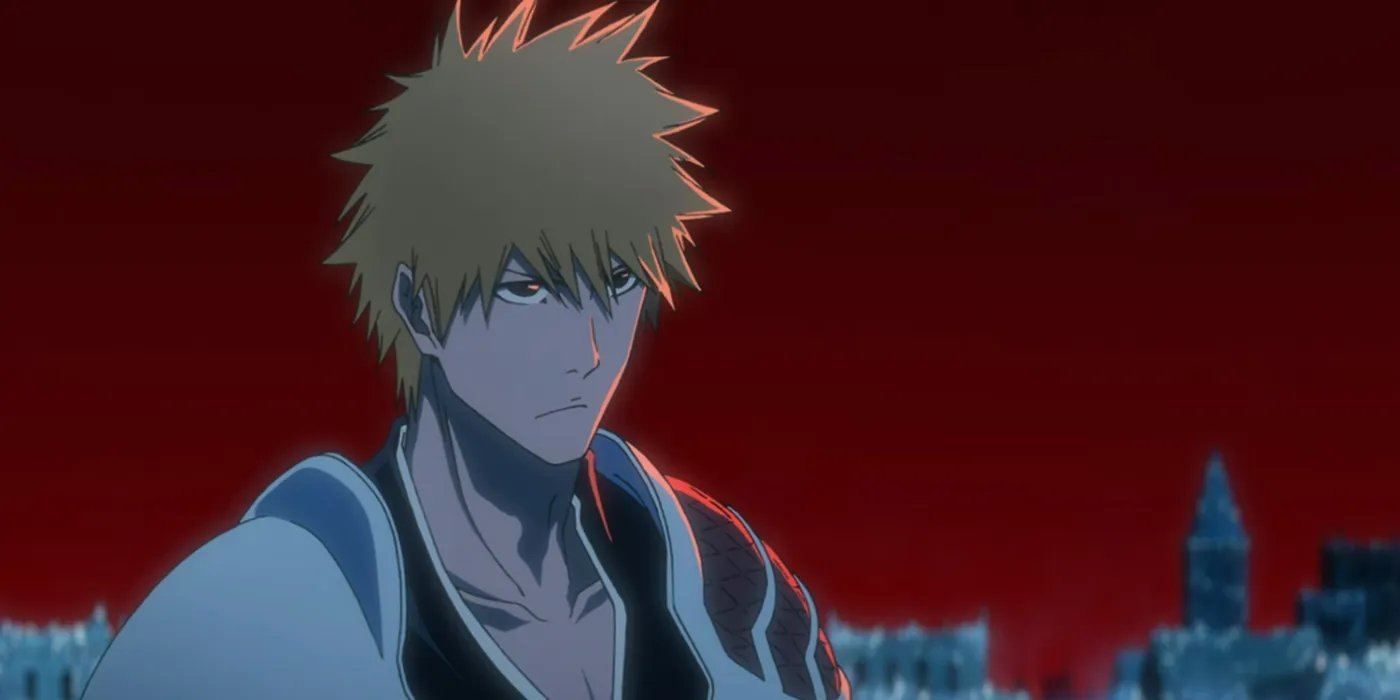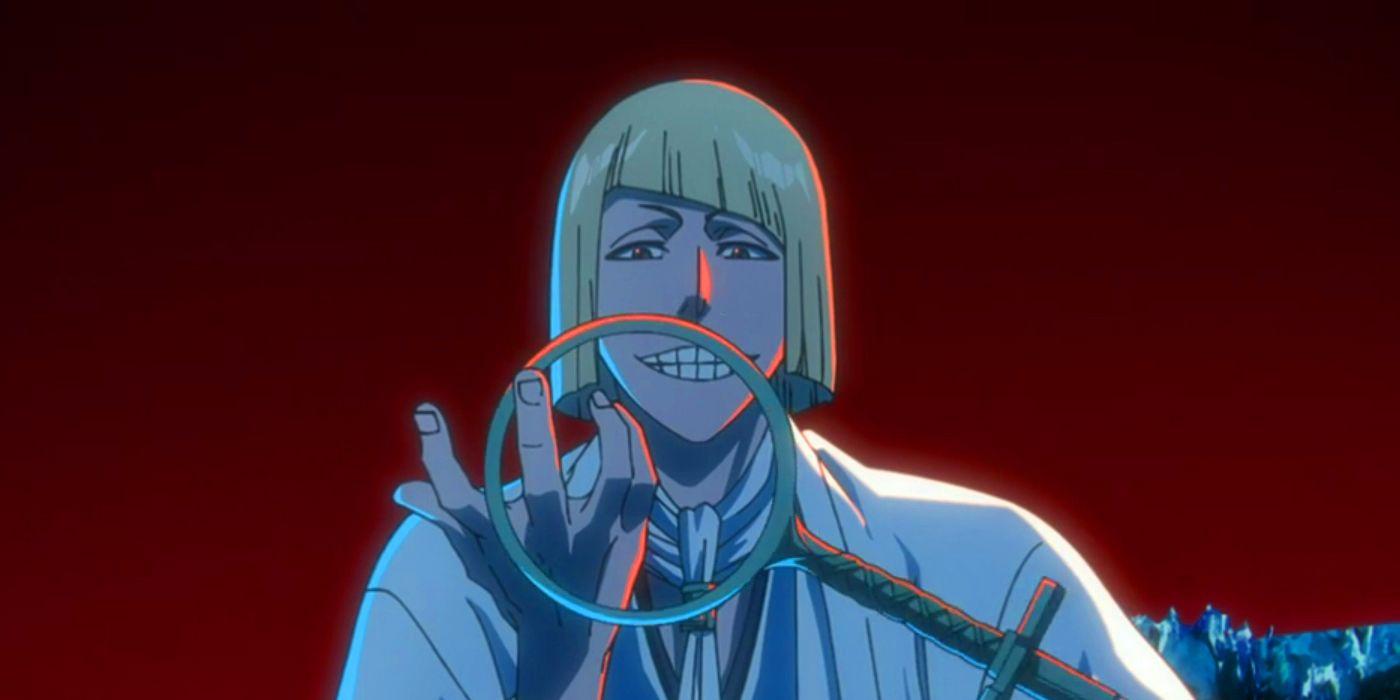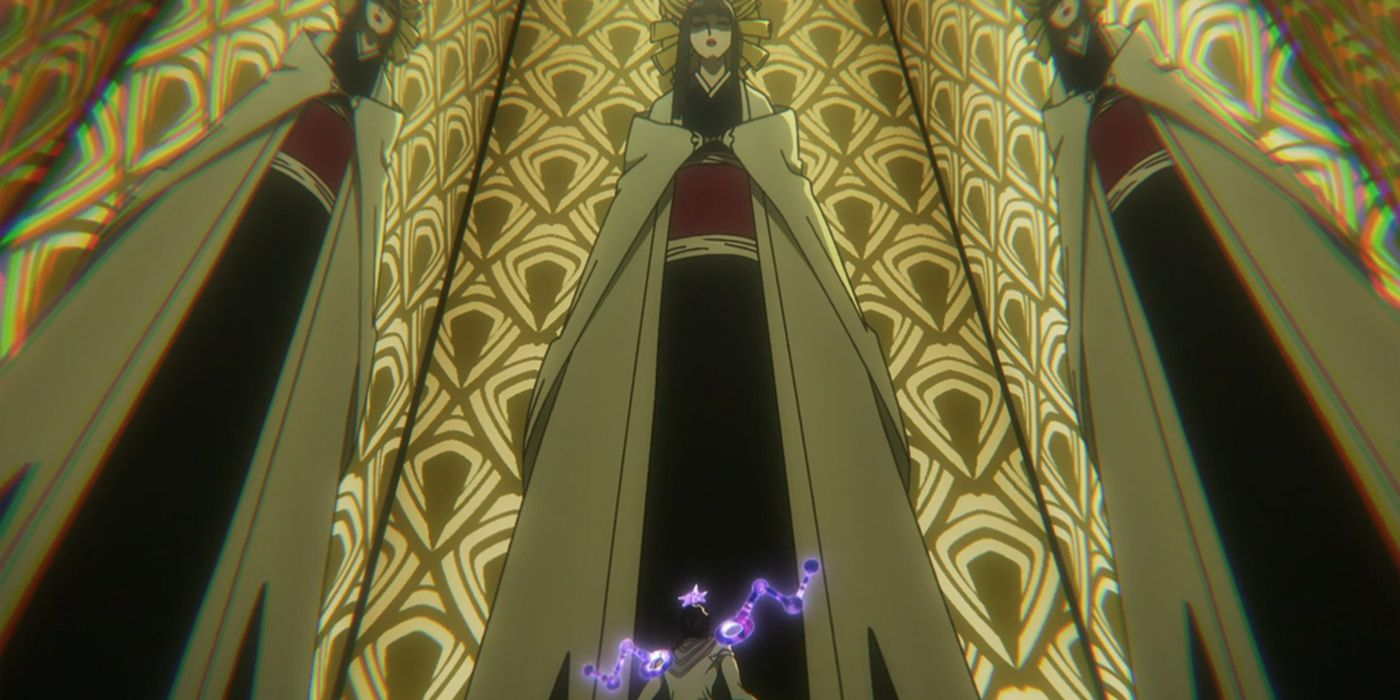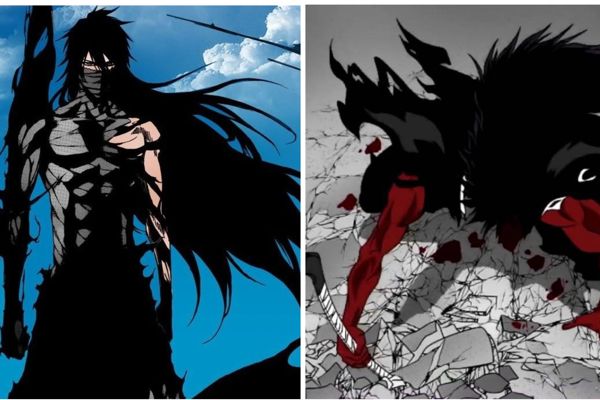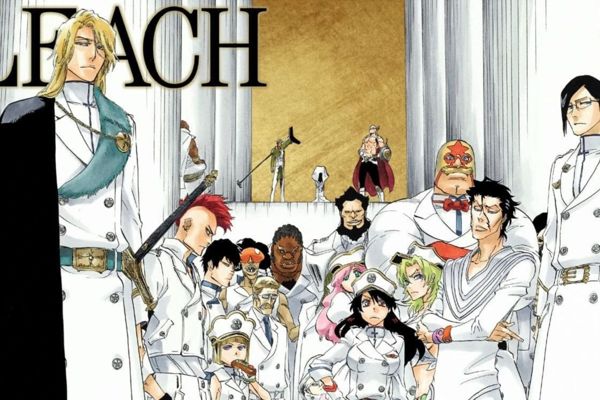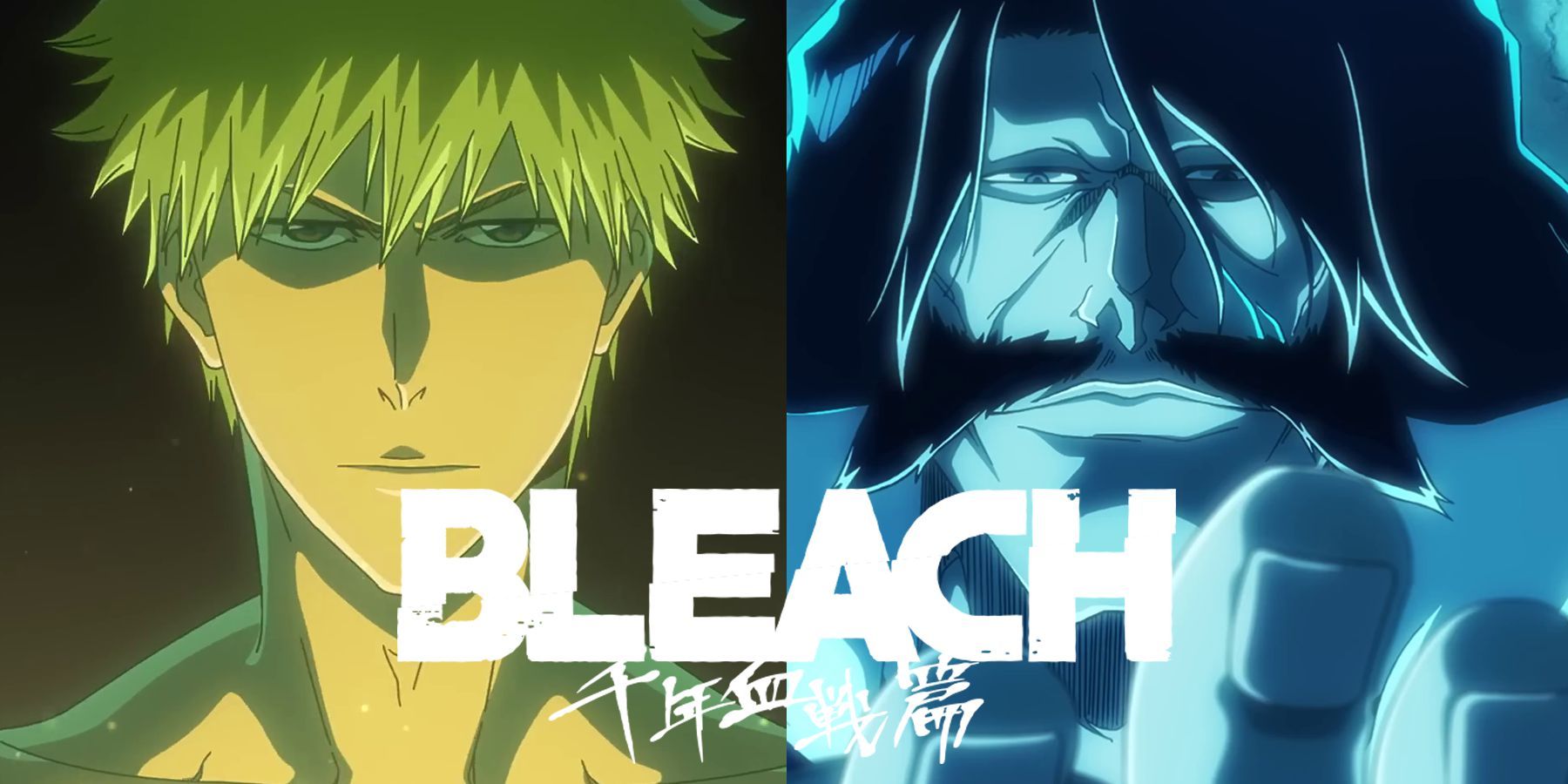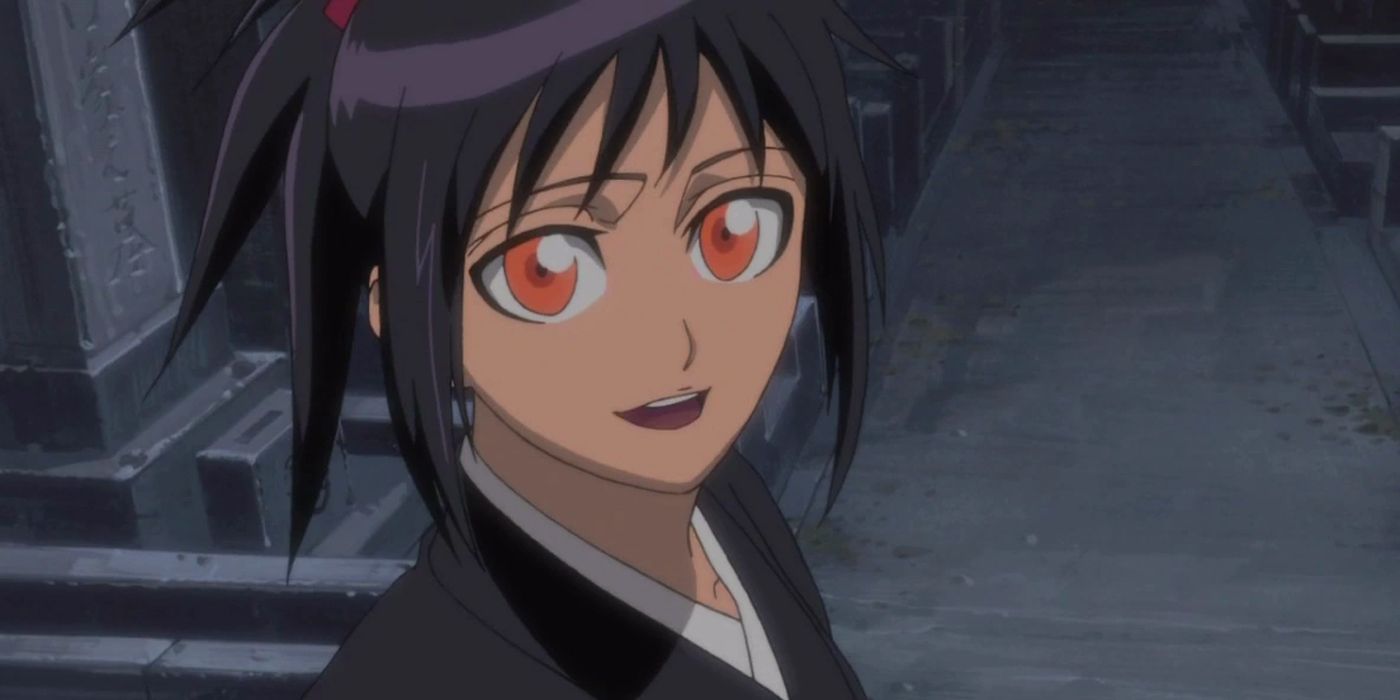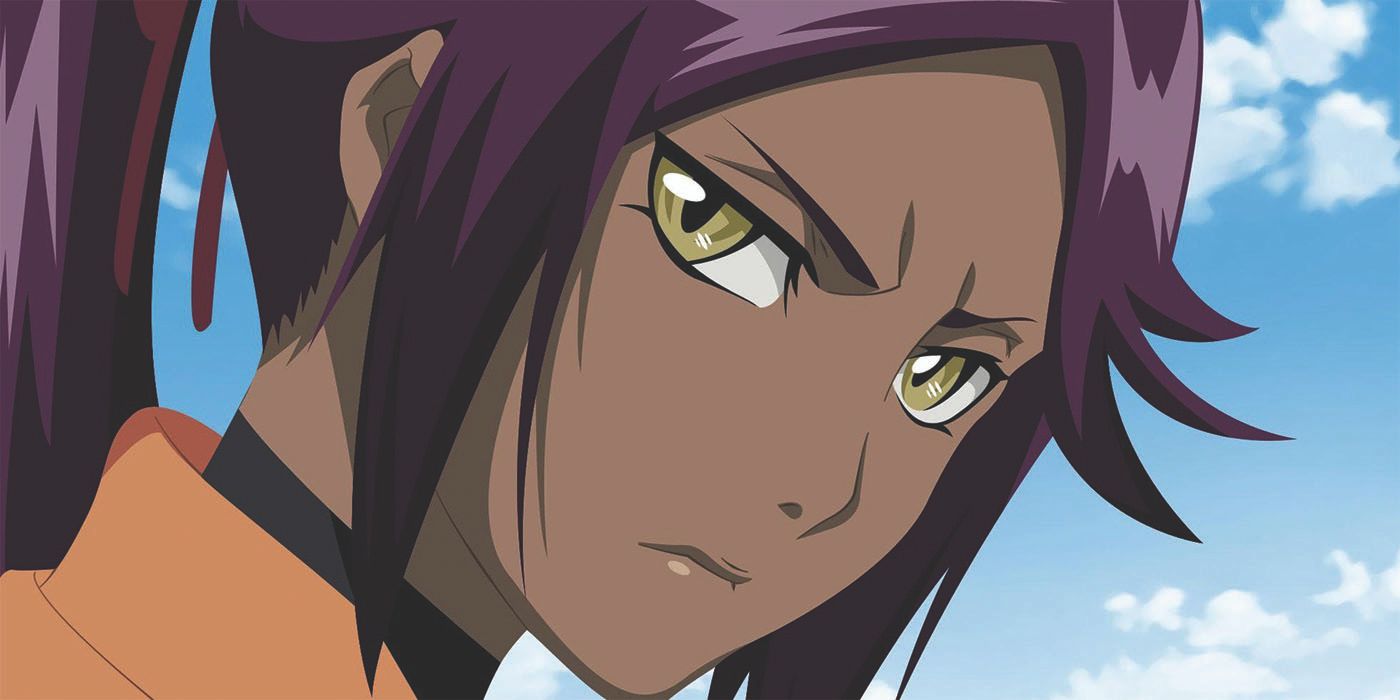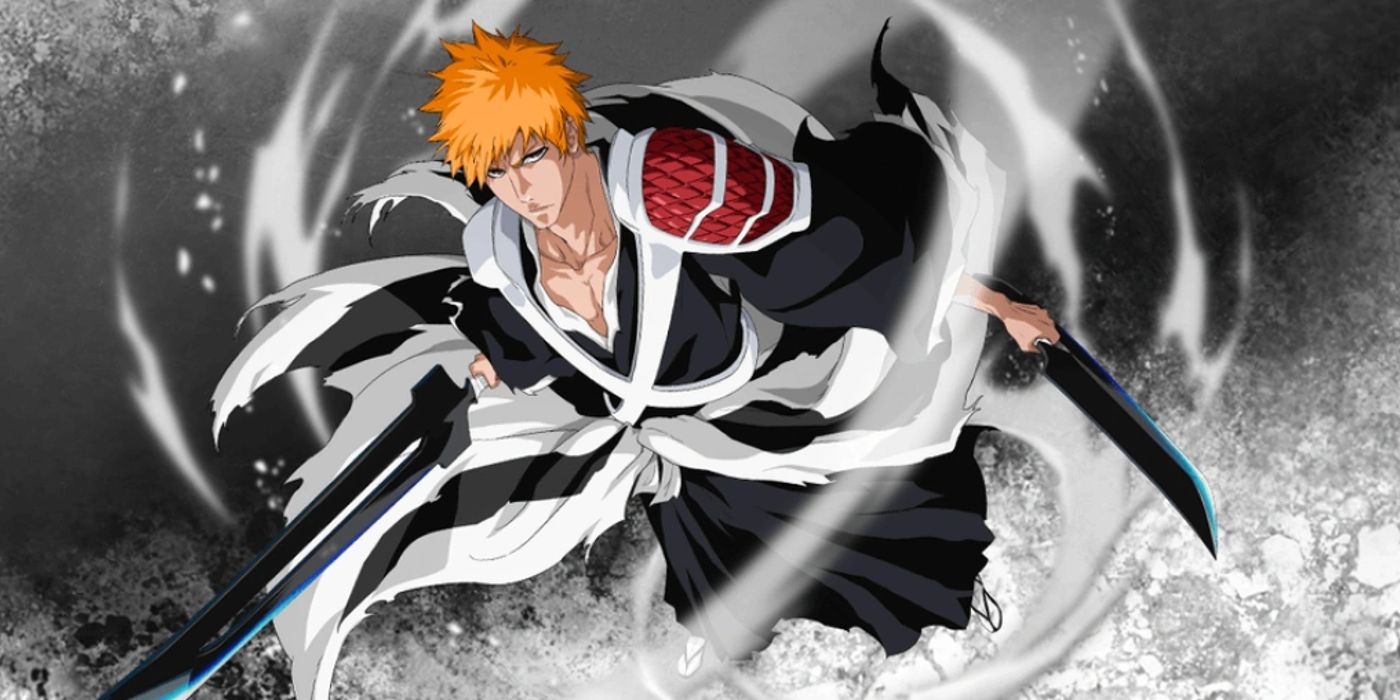
Bleach's Thousand-Year Blood War: An Anime Comeback Fueled by Fan Demands

Bleach's triumphant return in Thousand-Year Blood War delivers exactly what fans have longed for, elevating the importance of the anime even further
Bleach made its return to television in October 2022, reigniting interest in the beloved Big Three anime franchise after a ten-year hiatus. The latest installment, Bleach: Thousand-Year Blood War, has been fulfilling fans' expectations by faithfully adapting the manga's final arc, which concluded in 2016.
With the advancements in animation techniques over the past decade, Thousand-Year Blood War has leveraged these improvements to create a visually stunning series that stays true to the original style. Furthermore, the revival has managed to bring back almost every voice actor from both the Japanese and English versions, ensuring a seamless continuation from the original series.
But perhaps most exciting for fans is Thousand-Year Blood War's dedication to expanding upon the manga's story, finally addressing long-standing complaints about Bleach's ending.
Bleach's Controversial Manga Ending Makes The Anime More Important Than Ever
The Thousand-Year Blood War manga ended abruptly, rushing through its final arc in a dissatisfying way. There are various reasons for this, but the result was a finale that fell short of its epic potential. Since then, fans have hoped for the final arc to be animated, giving it a chance to fulfill its exciting promise.
When the anime adaptation was announced, fans were eager for improvement, and Studio Pierrot seemed to understand these expectations. The Thousand-Year Blood War series received praise for its animation and style, but fans quickly noticed that the anime was condensing several chapters into one episode at a rapid pace. This raised questions about whether the anime would be shorter than anticipated or if the swift adaptation was to make room for additional content in the future.
Bleach's New Content Has Provided Fans With What They Wanted
In its second cour, the series has expanded significantly, including fights that were previously omitted from the manga, the introduction of new Bankai techniques, and allowing important character moments to receive the attention they deserved. Additionally, new storylines, like Ichigo's enigmatic "Irazusando" scene, have been introduced that were absent in the original manga. The inclusion of this additional content has resulted in a slightly slower pace, and it appears that the upcoming third and fourth parts will have even more new material.
However, the inclusion of these new scenes and the fast pace has come at the expense of the series' distinct humor, which some fans have voiced their dissatisfaction about. While tonally it may have been the right decision, particularly regarding controversial jokes like the one involving Yoruichi and Orihime, a balance between humor and action has always been an integral part of Bleach's success. It is understandable that some fans miss the humor, particularly given the serious and high-stakes nature of the story.
Even so, the studio addressed this issue in the final episodes of the second cour by including a post-credits segment dedicated to voice acting some of the humorous scenes that had been cut for time. This shows that Studio Pierrot is truly attentive to the desires of the fans regarding Thousand-Year Blood War, and the outcome has been absolutely remarkable thus far. Each episode is filled with gripping action that leaves viewers breathless as the credits start rolling, making them wonder how the episode could have ended so quickly. Furthermore, Studio Pierrot has collaborated closely with Bleach creator Tite Kubo on these additional scenes, ensuring their adherence to the overall continuity and offering revelations that Kubo simply couldn't incorporate into the manga.
Thousand-Year Blood War is An Incredible Watch
With its stunning animation, relentless action, and exclusive scenes not found in the manga, Thousand-Year Blood War has truly become the anime adaptation that Bleach has always deserved. While having prior knowledge of the original Bleach anime or manga can enhance one's viewing experience, it is equally enjoyable for new fans who are being introduced to Bleach for the first time. This is because the final arc is relatively self-contained, with concepts such as the Soul King and the Quincy Wandenreich not playing a significant role in the series prior to this arc. Thus, new viewers can still appreciate the story without missing too much context.
Thousand-Year Blood War, the final arc of the manga, is nearing its conclusion with approximately 77 chapters remaining. With just 26 episodes left to cover, the pace has significantly slowed down to an average of 3 chapters per episode. This provides an opportunity for the series to delve deeper into the manga and include scenes that the author, Kubo, was unable to produce originally. Some of these new story elements have already been hinted at, such as the Irazusando scene, serving as a test for Ichigo. These remaining chapters require expansion, indicating that Studio Pierrot has thought ahead and planned accordingly.
When it comes to reviving popular series, Bleach: Thousand-Year Blood War surpasses expectations. This adaptation shows a commitment to fulfilling fan desires and gives every indication that the ultimate ending will surpass the manga's conclusion. Collaborating with Kubo, who has had years to reflect on Bleach's original ending, ensures that the series' shortcomings will be addressed, resulting in a stronger storyline overall. With improved visuals and sound, fans can consider themselves fortunate to finally receive the long-awaited adaptation of Bleach: Thousand-Year Blood War.
